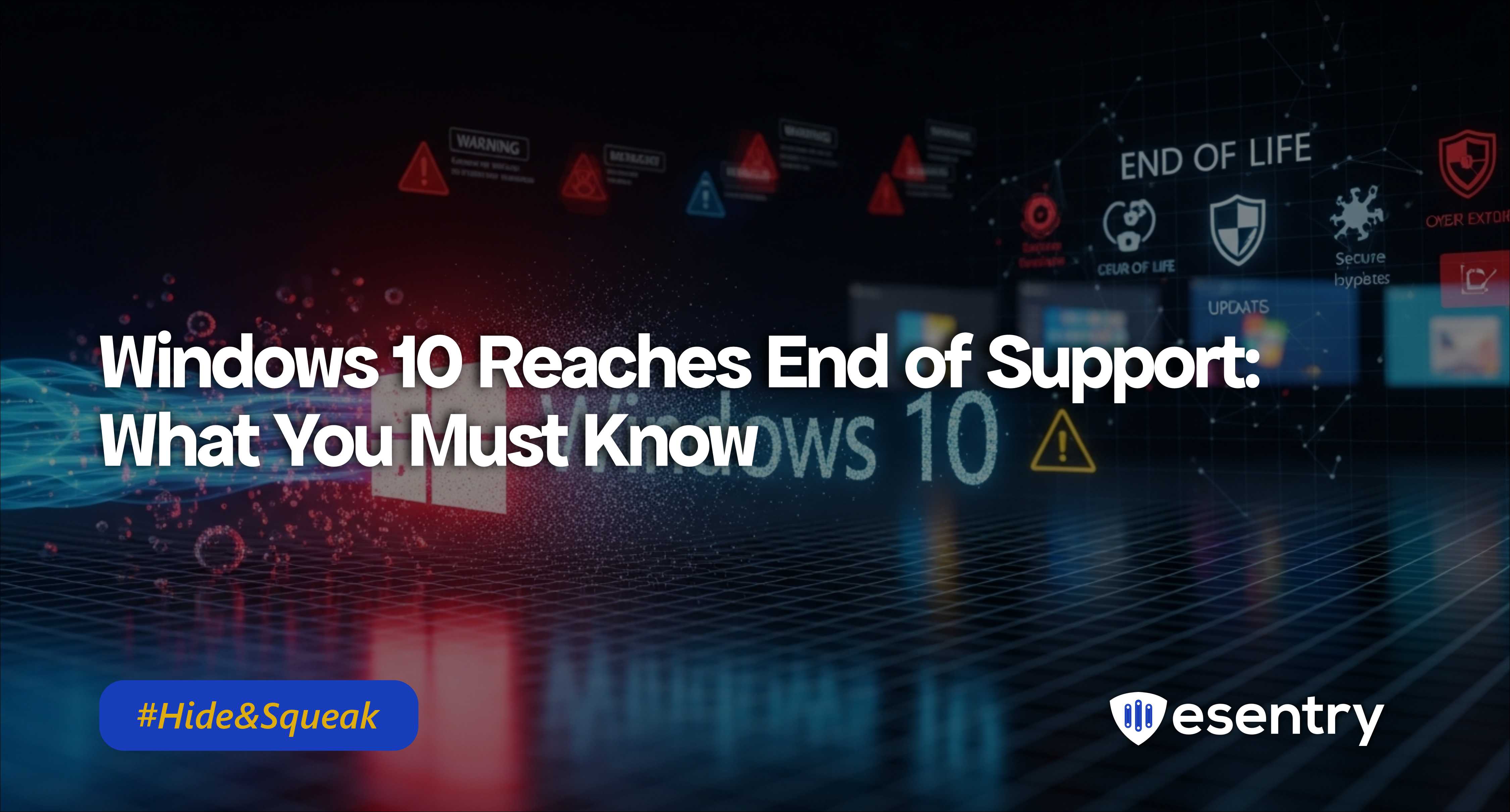As of October 14, 2025, Microsoft will officially end support for Windows 10 , meaning no more security patches, feature updates, or technical assistance, While your device will still boot and run, it becomes increasingly risky as new vulnerabilities emerge.
Why It Matters
Without security updates, systems become soft targets for malware, ransomware, and zero-day attacks. Organizations still running Windows 10 may struggle to maintain compliance or protect sensitive data.
Temporary Relief : Extended Security Updates (ESU)
Microsoft is offering a one-year ESU program for consumers (through backups, Microsoft accounts, or rewards points) to receive critical patches to October 2026. Businesses can purchase ESU coverage for up to three years.
Note: ESU doesn’t include feature upgrades or full support.
https://www.microsoft.com/en-gb/windows/end-of-support?r=1https://www.microsoft.com/en-gb/windows/extended-security-updates
Recommended Actions
· End Users & SMEs : Upgrade to Windows 11 if your hardware supports it. Back up data and migrate settings.
· Enterprises / Corporations : Run inventory scans to identify Windows 10 devices. Plan phased migrations. Enroll critical devices in ESU if necessary
· IT / Security Teams : Harden network segmentation around Windows 10 devices. Monitor for threats and isolate vulnerable systems
Windows 10’s end of life marks a pivotal shift in security posture. The path forward is clear: upgrade or enrol in ESU . failure to act risks exposing systems to an evolving dangerous threat landscape.



.jpeg)
.jpeg)
.jpeg)


.png)
.png)